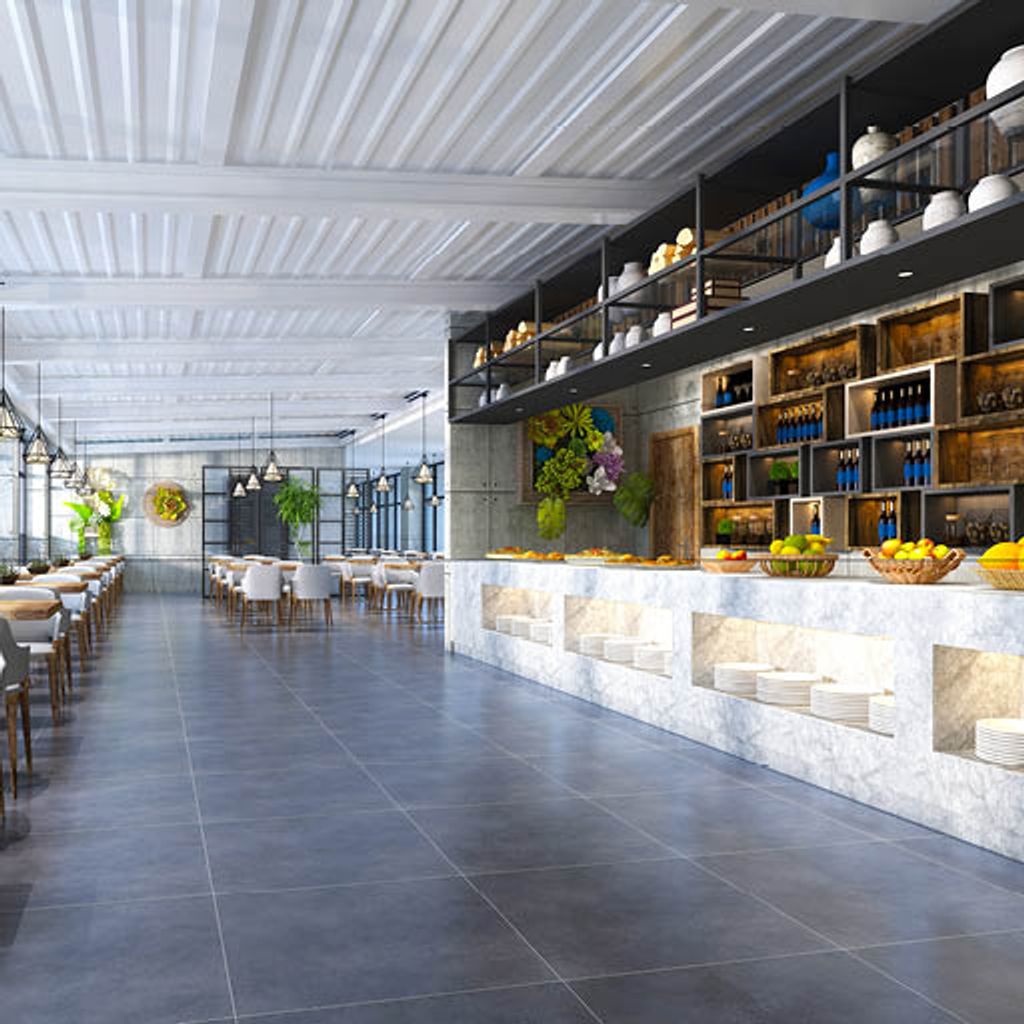The Food Hall Boom: Exploring the Surge of Food Halls Beyond Urban Centers

In recent years, the landscape of food halls has undergone a remarkable transformation, extending far beyond the bustling city centers where they once thrived. Developers, keen on capitalizing on the surge of hybrid work arrangements and the flourishing foodie culture, are now strategically placing these culinary hubs in suburban areas. Characterized by shared seating and a diverse array of gourmet and ethnically inspired cuisines, food halls cater to a clientele willing to splurge on artisanal sandwiches or explore the flavors of West African and Asian open-air markets.
Distinguishing themselves from conventional food courts found in rest stops and older malls, food halls showcase local restaurateurs, craft beer selections, and contemporary decor, steering clear of national fast-food chains and conventional seating. This departure from the norm has fueled their explosive growth, with the U.S. now boasting at least 364 food halls, and projections suggesting over 120 new establishments will open by the end of the next year. This marks a substantial increase from a decade ago when only 35 food halls operated nationwide, primarily in major cities catering to tourists and office workers, as highlighted by The Wall Street Journal.
Today, food halls can be found in unexpected locations. From Nepalese street cuisine in Omaha, Nebraska, to a Grapevine, Texas establishment designed as a rail station offering arepas, brisket, seafood, and hummus dips, and a food hall in Reno, Nevada, featuring vendors with churros, crepes, and Salvadoran pupusas. The pandemic played a significant role in this food hall expansion. The Wall Street Journal article also points out that these dining venues demonstrated resilience during the upheavals of the pandemic, with only a handful closing since 2020. As remote work gained prevalence, people flocked to food halls in the suburbs, where both daytime and nighttime populations proliferated.
The burgeoning popularity of food halls, extending beyond urban centers to suburban landscapes, is not just a culinary trend but a lucrative investment opportunity that savvy investors should closely monitor. The dynamic growth of these culinary hubs, driven by the fusion of hybrid work arrangements and a flourishing food culture, presents a unique chance for investors to capitalize on evolving consumer preferences and capitalize on the resilience these establishments exhibited during the challenges of the pandemic.
Investors keen on diversifying their portfolios should recognize that the widespread appeal of food halls goes beyond providing delectable dining options. These culinary spaces have become community hubs, offering not only diverse gastronomic experiences but also fostering social interactions and creating vibrant gathering places. The continued expansion of food halls into suburban areas, where both daytime and nighttime populations flourish, signals a shift in consumer behavior that investors can leverage for long-term financial gains.
A Trusted Guide in Commercial Real Estate
Coldwell Banker Commercial® provides Commercial Real Estate Services from Property Sales and Leases, to Property Management. Learn how our expansive network of Independently Owned and Operated Affiliates and Real Estate Professionals use their in-depth knowledge of the local market and industry trends to help businesses and investors navigate the complexities of the commercial real estate landscape.






